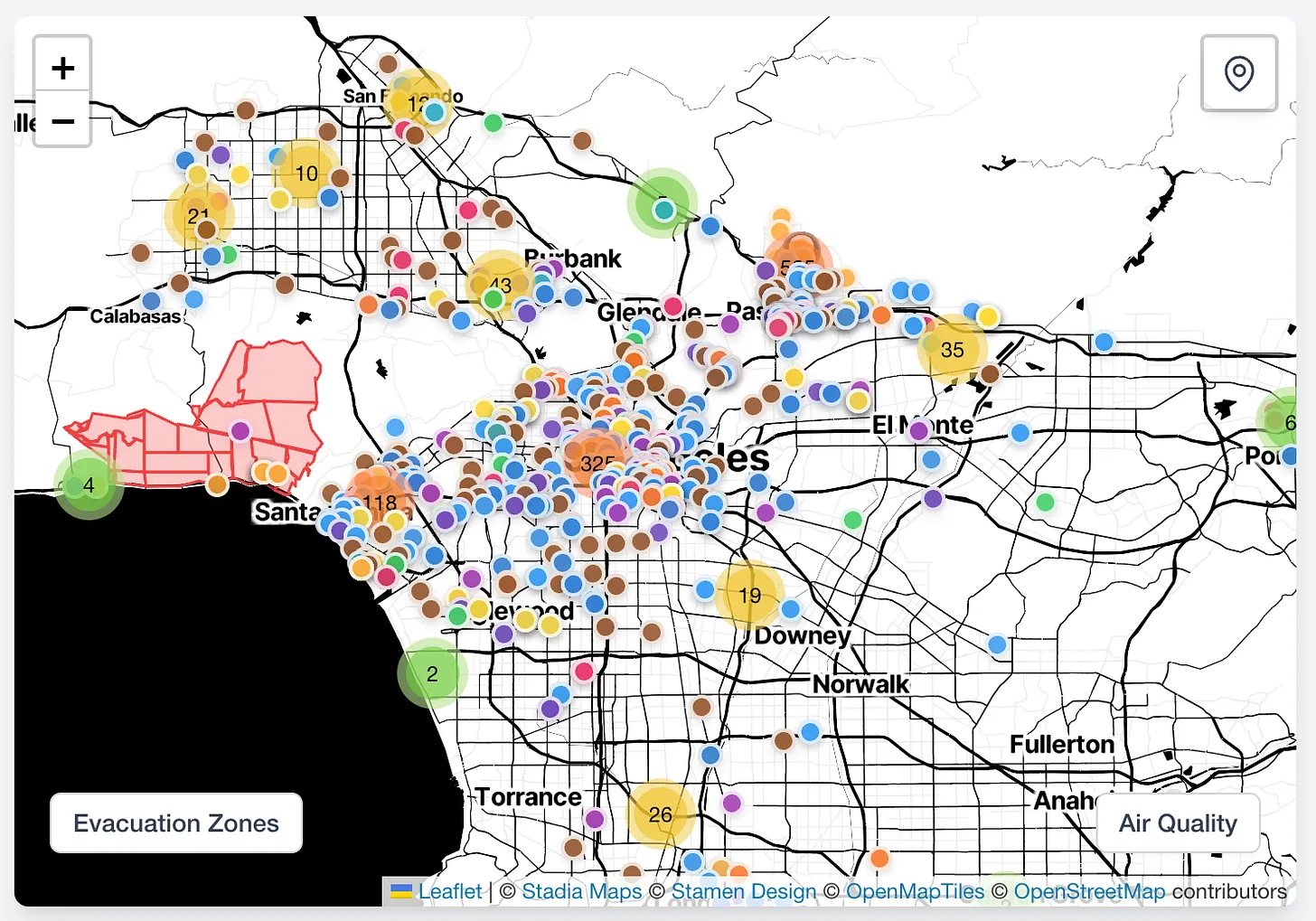Johan Ahlm Michalove
PhD candidate, Information Science, Cornell University
Johan Michalove is a researcher, design technologist, and writer constructing philosophical probes via speculative technologies and visualizations, spanning scales from street life to the planetary.
He is currently a PhD candidate at Cornell University in the Information Science department, where he is a member of the Computing on Earth Lab (led by Steve Jackson) and the Interplay Research Studio (led by Malte Jung).
His ethnographic research lies in rendering visible the delivery algorithms that mobilize thousands of e-bike couriers in the streets of New York. Drawing on Lefebvre's Rhythmanalysis, he is creating new analytical approaches for tracing the urban temporal cycles that clash and flow with the delivery rider.
His technical research uses computation as a medium for rendering tangible speculative philosophical concepts. This includes an ongoing project exploring the semiotics of Language Models (LMs) drawing on post-structuralist theory. He uses computational tools to explore infinite semiosis in LMs and what this discloses about the interplay between the structure of language and the circulation of the social. Another project, Epistemic Engines, applied cybernetic theory to help groups collaborate at a distance.
He documents his emerging philosophical probes in his Substack: resonetics. Here he writes about meaning-making in LMs, ambient meaning and theories of vibes, cultural dynamics in networks, and planetary ways of knowing.
He loves design collaborations that require grappling with complexity. He co-founded the design studio 𓆩ZM𓆪, where he proliferated websites and created the visuals for an installation H.D. Reliquary in collaboration with Ben Shirken of 29 Speedway. He worked with an interdisciplinary team of designers to create Who Are We Now? as a web and print book, building a proprietary system that managed hundreds of images, plots, and the manuscript. At the University of Washington, he launched a low-cost robotic race car (MuSHR) that's now used by researchers and makers worldwide.
His prior affiliations include:
- The Terraforming Design Research Programme at the Strelka Institute (Moscow)
- 3A Institute within the School of Cybernetics at the Australian National University (Canberra)
- NASA Jet Propulsion Laboratory (Pasadena)
- Personal Robotics Lab at the University of Washington (Seattle)
Johan has a B.A. in Philosophy and B.S. and M.S. in Computer Science from the University of Washington.
Writing
resonetics (substack) — On meaning-making in LMs, ambient meaning, cultural dynamics in networks, and planetary ways of knowing
Selected Writings
Spiraling towards what, exactly?
Psychosis and the algorithmic sublime — exploring AI-induced psychosis, sycophancy in language models, and the risks of synthetic semiosis
Cognition in the age of offloading — examining cognitive atrophy, the gap between learning and feeling of learning, and what happens when thinking becomes outsourced
Venturing from the shores of the familiar — introducing the Semioscape, Sociosemioscape, and Latentsemiospace as frameworks for understanding human-AI meaning-making
A "grand tour" of the Earth's spheres — arguing for a view of the planet that embraces its complexity, and for artists to create "sensory scaffolds" that connect human experience to levels of scale and perception beyond the horizon of observability.
Projects
FireAid.info & Mutua.nyc — Mutual aid map for the 2025 LA wildfires that reached 200k visitors, offering dozens of kinds of aid resources to Los Agelinos affected by the fires. Vibe-coded using Cursor to meet demand at the speed of crisis.
Delivery Algorithm Ethnography — Rendering visible the delivery algorithms that mobilize thousands of e-bike couriers in NYC streets, using Lefebvre's Rhythmanalysis to trace urban temporal cycles.
Language Model Semiotics — Exploring infinite semiosis in Language Models through post-structuralist theory and computational tools to understand language structure and social circulation.
Epistemic Engines — Applying cybernetic theory to help groups collaborate at a distance, examining knowledge creation and validation systems.
Who Are We Now? — Interdisciplinary design collaboration creating a web and print book with a proprietary system managing hundreds of images, plots, and manuscript content.
Teaching
Cornell, 2024: Teams and Technology
Cornell, 2023: Data Analytics for Information Science
Cornell, 2021: Re-Designing Robots
3Ai, 2021: Building Cyber-Physical Systems
3Ai, 2020: Building Cyber-Physical Systems
3Ai, 2020: Cyber-Physical Systems Practice
UW, 2019-20: Computer Ethics
UW, 2019: Ethical Automation
UW, 2018-19: Intelligent Machinery, Identity, and Ethics
Press
Meet Johan Michalove, the PhD Student Who Created an Interactive Mutual Aid Map for L.A. — Interview Magazine, January 15, 2025
Student spins spreadsheet into online hub for wildfire relief — Cornell Chronicle, January 29, 2025
Cornell student creates online resource hub for those impacted by LA wildfires — WBNG 12 News, February 3, 2025
This simple map can help New Yorkers in need find food — Fast Company, November 14, 2025

FireAid.info
Mutua.nyc is a map of mutual aid resources for the 2025 LA wildfires that reached 200k visitors, offering dozens of kinds of aid resources to Los Agelinos affected by the fires. Vibe-coded using Cursor to meet demand at the speed of crisis.

H.D. Reliquary
The show takes deep time as a point of departure: perennial philosophy meets spatial intervention meets sonic contemplation. We design and conceptualize ways of bringing communal storytelling and kinship into conversation with cutting-edge AI systems, participatory protocols, and the merging the analog and digital.

Ethnography of Algorithms
Mapping the invisible algorithms that coordinate thousands of e-bike couriers through NYC streets